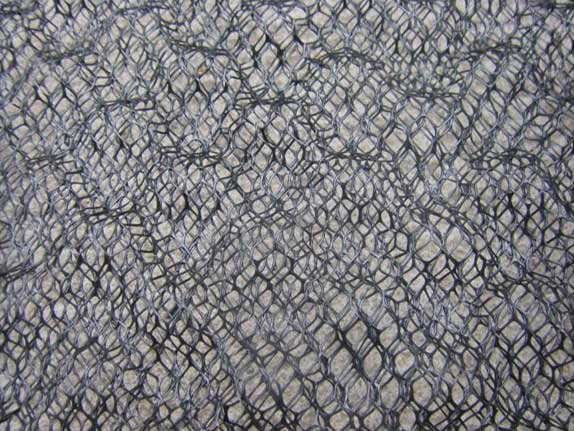Erosion control mat installation
.Prepare the slope until the surface is smooth and not too bumpy.
.At the top of the slope, the trench is dug and the erosion control (mat) material is inserted 50 cm-100 cm long, its function is to act as an anchor so that the erosion control (mat) material does not slip.
.Roll the anti-corrosion material down the slope and use wood/plastic/iron pins/anchors at intervals of 25 cm to 30 cm (drilling into the ground).
.The wood/plastic pins above are each 20 cm long and are suitable for medium-hard soils, or longer ones for soft soils.
.For undulating slopes, more pins are needed to ensure that the erosion control material (mat) adheres tightly to the soil on all surfaces.
.The two ends of the anti-corrosion coil (pad) overlap at least 5cm in length and are fixed in place with iron pins with a minimum diameter of 3mm. The U shape is 20cm-30cm in length and 10cm in width (inserted into the ground), with an interval of 15cm. For auxiliary equipment, cable ties can be used.
.The grass species should be selected according to the local climate and the type of soil used. It can be sprinkled on the anti-erosion material (mat) in front of the soil surface, or it can be mixed with the soil first, and then sprinkled on the anti-erosion material (mat). High-quality local soil is necessary for the rapid growth of grass.
.The top soil must cover the entire surface of the erosion control material (mat) to avoid direct sunlight.
.After planting, the moisture in the soil should be between 60% and 70%. When the local temperature is high, a very light non-woven geotextile can be used to cover the surface to maintain moisture. The non-woven geotextile can be removed when the grass grows to 5-6cm.
.The installation of erosion control materials (mats) and grass planting during the rainy season is very important for optimal grass growth. Or water regularly.

Notes
The above method is suitable for slopes with a slope of 1:0.7, grass or other similar local plants.
Not suitable for use under fixed or tidal water levels.